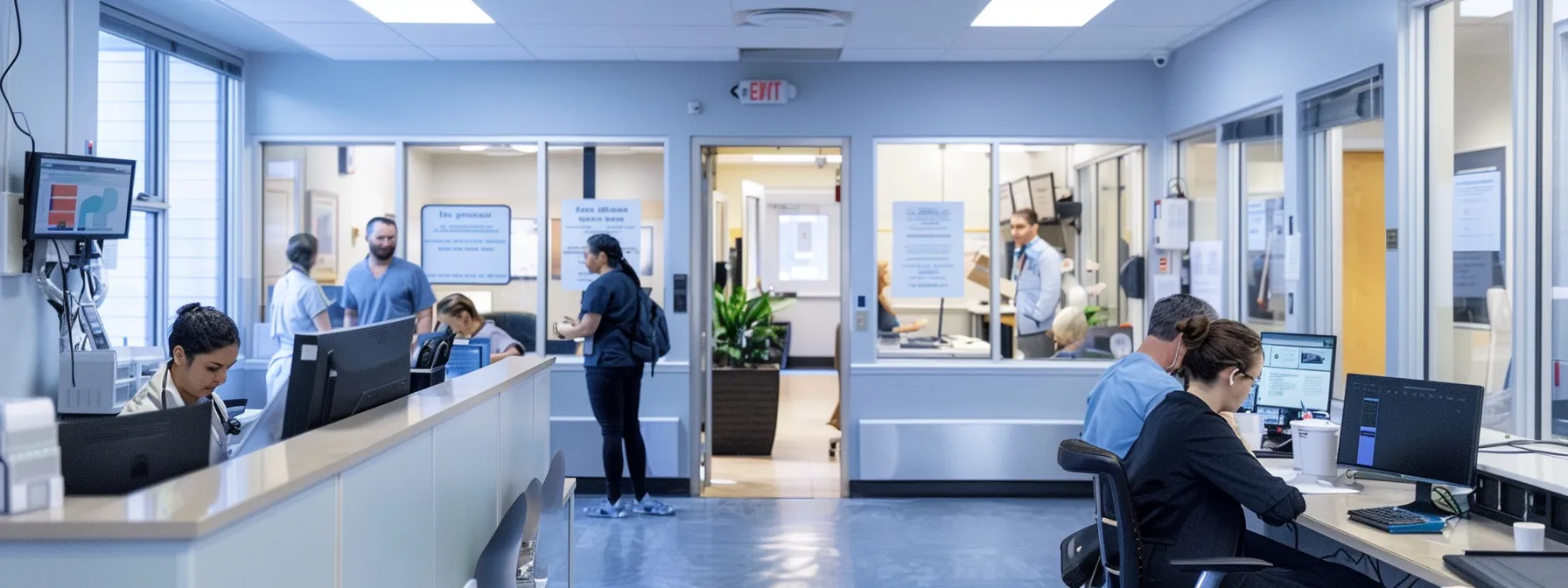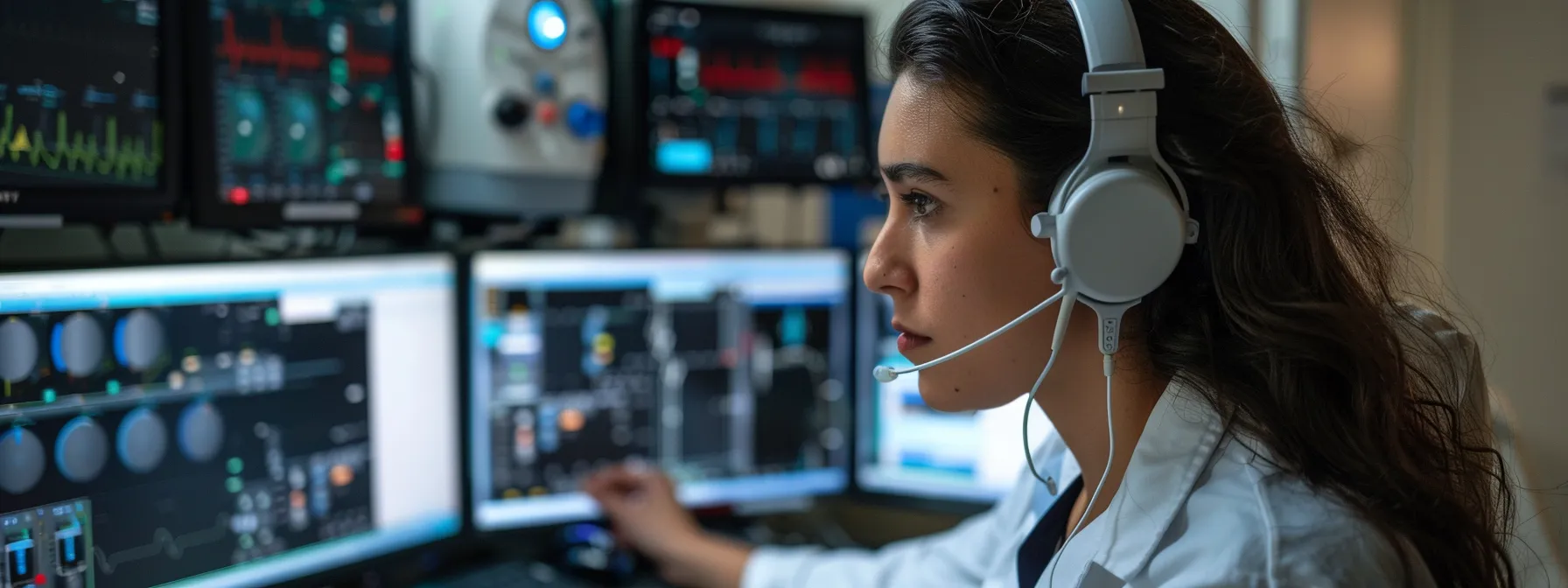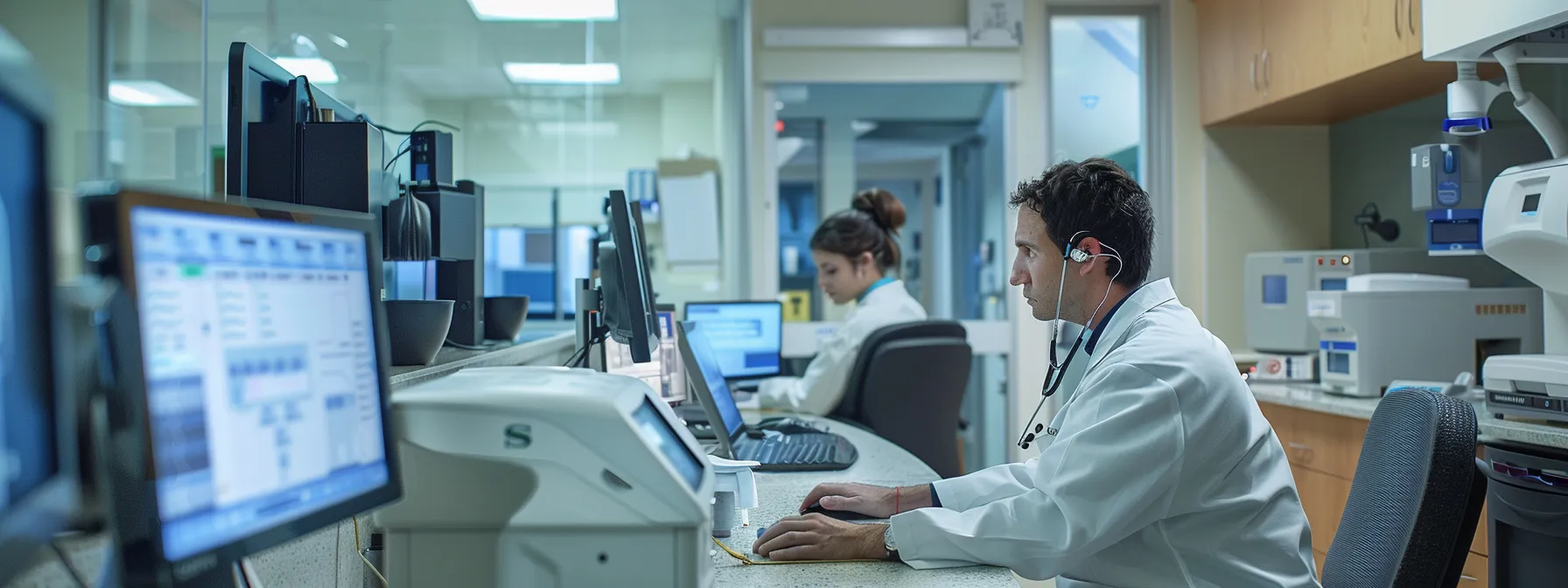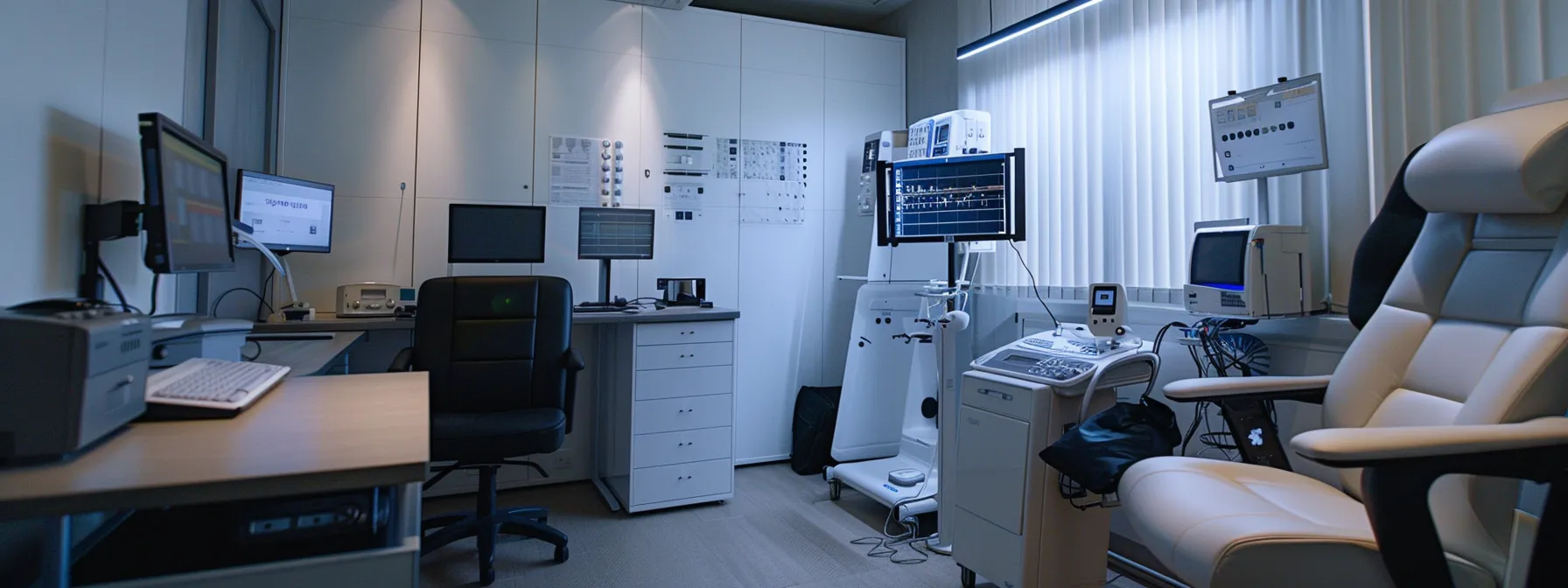Picking the Right Audiometric Equipment for Your Clinic
Choosing the appropriate audiometric equipment is a critical decision that can significantly impact the quality of care in an audiology clinic. Whether starting from scratch or updating existing technology, it’s essential to understand the diverse needs of your client base and the nuances of modern audiology equipment. Facility size, client demographics, and clinic specialization are just some factors that can determine your perfect match in audiometric technology. With a range of products and manufacturers on the market, identifying the right tools can be a daunting task. Below, we explore key considerations to guide your decision-making process.
Understanding Audiometric Equipment Needs for Different Clinic Sizes

Small clinics may require compact, versatile equipment to maximize space while ensuring quality care for patients. Portability can also be a significant factor for clinics offering outreach services or home visits. In such scenarios, equipment that can be easily transported and quickly set up will prove most beneficial.
Medium-sized clinics often experience a higher volume of patients and may benefit from equipment that excels in efficiency and durability. These facilities should look for reliable devices that can handle frequent use without compromising on accuracy or patient comfort.
Larger clinics and hospitals may prioritize integration capabilities that allow equipment to connect with existing systems for seamless data management. Advanced features and customization options can provide the flexibility needed to cater to a diverse patient population, including specialty diagnostics.
Understanding the specific dynamics of your clinic will enable you to identify audiometric equipment that can scale with your practice while meeting your day-to-day demands comprehensively.
Evaluating the Latest Audiometric Technology for Accurate Hearing Assessments

The field of audiology is constantly evolving, with new technological advancements enhancing the accuracy of hearing assessments. Clinicians should stay informed about the latest features and improvements in audiometric equipment, such as high-frequency testing, speech mapping, and noise simulation capabilities.
Immersive virtual environments and artificial intelligence are starting to play roles in the way hearing tests are conducted, offering a more thorough understanding of a patient’s hearing abilities in realistic scenarios. Devices that incorporate such technologies can provide a competitive edge and improve patient outcomes.
When evaluating new audiometric technology, consider how each device’s capabilities align with the services you offer. An investment in sophisticated equipment should correspond with a tangible improvement in diagnostics or patient care.
The Importance of User-Friendly Audiometric Devices for Efficient Clinic Workflow

Usability is a crucial factor when selecting audiometric equipment. Devices that are intuitive and quick to learn can drastically reduce training time and ensure a smooth workflow within the clinic. User-friendly interfaces and automated test sequences can help staff conduct assessments with greater confidence and efficiency.
The physical design of audiometric devices should also contribute to a comfortable and stress-free environment for patients. Equipment with ergonomic features can prevent user fatigue during prolonged testing periods and encourage patient cooperation throughout the assessment process.
Ultimately, user-friendly audiometric devices can enhance the overall experience for both clinicians and patients. Equipment that is easy to operate and reliable will be a cost-effective addition to any clinic, reducing the possibility of errors and the need for frequent maintenance or replacements.
Balancing Budget and Quality When Investing in Audiometric Equipment

Financial considerations are inevitable when investing in new audiometric equipment. Clinics must balance their budget limitations with the need for quality and reliability. Investing in well-made, durable equipment may come with a higher upfront cost, but it can lead to long-term savings by reducing the need for repairs and replacements.
Seeking out manufacturers with a strong reputation for quality and a track record of innovation can guide clinics to make savvy purchasing decisions. While it can be tempting to opt for cheaper models, audiology practices must weigh the potential impact on the quality of patient care and clinic reputation.
Leasing options or payment plans offered by some manufacturers can alleviate the financial burden and offer flexibility. These options can help small to medium-sized clinics acquire high-quality equipment without the need for significant capital outlay.
Finding the right balance between cost and quality requires careful evaluation of both immediate needs and long-term goals. A strategic investment in the appropriate audiometric equipment can be a defining factor in a clinic’s success and growth.
The selection of audiometric equipment is a multifaceted decision that will influence the efficiency and effectiveness of audiometric services. By carefully considering clinic size, technological advancements, user-friendly design, budget constraints, and integration capabilities, clinics can make informed choices that align with their clinical aspirations and patient care objectives. The right audiometric equipment can elevate the standard of hearing care, making a genuine difference in the lives of those suffering from hearing impairments.
























